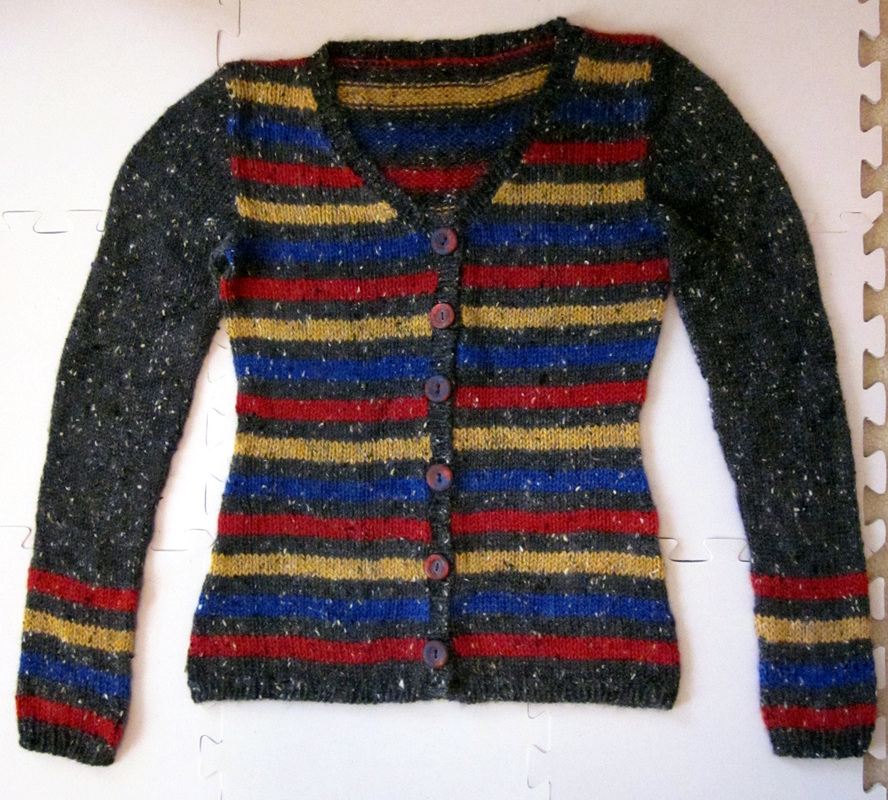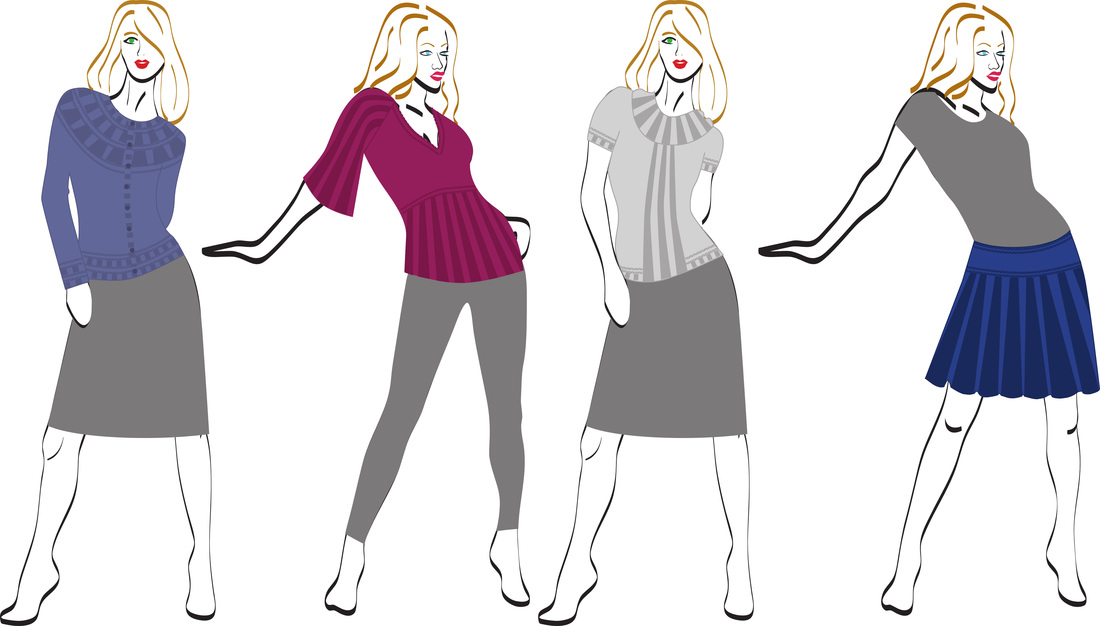The first thing to do is check the instructions on your yarn band. I think most yarns will say to hand wash and lay flat to dry. Superwash wools can be machine washed and dried, but even then I tend to wash by hand.
Next is picking out your wool wash. I like to use Eucalan; it has lanolin (which softens animal fibers) and has a nice eucalyptus scent. I have also heard good things about Soak wool wash. But please, please, DON'T use Woolite! Yes it has wool in the name, but it contains harsh chemicals that are not good for wool. Also do not use regular laundry detergent for the same reason. If you don't have any sort of wool wash and desperately need to wash a hand-knit you can use plain old hair shampoo with a bit of conditioner mixed into the water. If you use shampoo and conditioner you will need to rinse out your hand-knits after washing. The nice thing about wool washes like Eucalan and Soak are that there is no need for rinsing.
So now that you have your wool wash, where do you want to soak your hand-knits? This really depends on the size of what you are washing.
Small items (a hat, a pair of gloves, etc): These can be washed in the sink or in a bucket. Plug the sink or get out your bucket and add a bit of wool wash. I usually use a dab the size of a quarter. Fill the sink (or bucket) 3/4 full with water that matches the temperature listed on your yarn band. I usually knit with plain wool yarn, so for me it is usually lukewarm water. If you are washing something made from animal fibers you probably do not want to use hot water. If you use hot water you run the risk of felting the item you are washing. Now gently push your hand-knit into the water. Hold it down on the bottom of the sink/bucket until it is completely submerged and there are no more air bubbles coming to the surface of the water. Don't agitate your hand-knit; this is another factor that contributes to felting. Now let your hand-knit soak for a few minutes. Time to go empty the dishwasher, fold the laundry, or some other housekeeping that we generally avoid doing to get more knitting time.
After a few minutes release the water. If you are using a sink this is done simply by opening up the drain. If you are using a bucket, then tilt the bucket to the side and pour out the water. Support your hand-knit with your free hand when you need to turn the bucket all the way upside down. Gently push down on your hand-knit against the side of the sink or wall of the bucket to push out excess water. To really get out excess water you can place your hand-knit on the edge of a bath towel, roll up the towel like a jellyroll and stand on it. If you're like me then you take this opportunity to pretend you are a tightrope walker in the circus. Now unroll the towel and lay your handknit on a dry towel and place it somewhere out of the way so it can dry in peace. You can also use a foam blocking board for drying, this will help keep your carpet from getting wet. If you are washing something very small you can use a salad spinner to help get out the excess water. I would recommend dedicating a salad spinner for washing hand-knits; I don't think Eucalyptus flavored salad would taste very good.
Large items (a sweater, a shawl, etc) or multiple items: These can be washed in the washing machine. Or, I should say, the washing machine can be used for soaking. Get out your wool wash and adjust the water level to the appropriate setting (probably small on a warm/cold cycle). As the water starts to pour in add a dab of wool wash. Keep the lid open and wait for the water to stop. Then gently push in your hand-knits and hold them down, one at a time, until there are no more air bubbles coming to the surface. Now here is the important part: turn off the washing machine and keep the lid open. If you close the lid you and forgot to turn it off, you might get some agitation and more water coming in. You definitely don't want to felt those projects you worked so hard on! Let them soak for a few minutes. When you come back, turn the wash cycle to spin only and pull out the dial to start. Definitely make sure that it is on spin only and not a rinse cycle. Once the machine has stopped spinning you can take out your hand-knits, being careful to support them with both hands so they don't get stretched out. Now lay flat to dry on a towel or foam board.
Easy, right? Here is my sweater that made a trip through soaking in the washing machine. It is now drying peacefully on a foam blocking board.






 RSS Feed
RSS Feed
